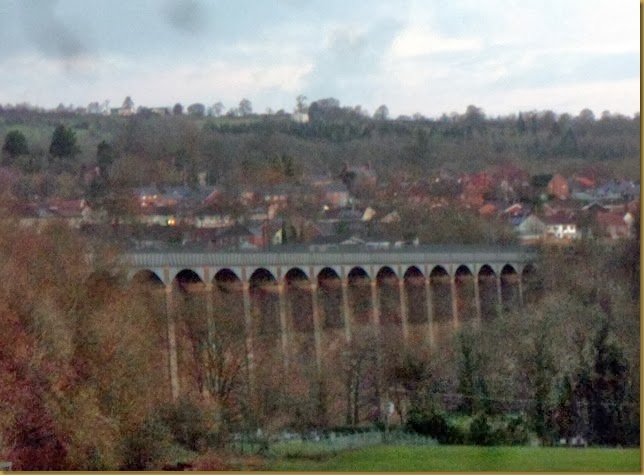
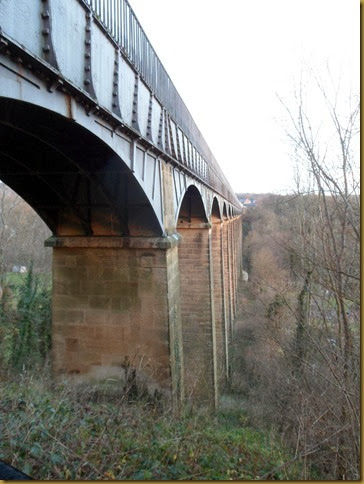
At over 200 years old the odd leak is to be expected. Spectacular in icy conditions…
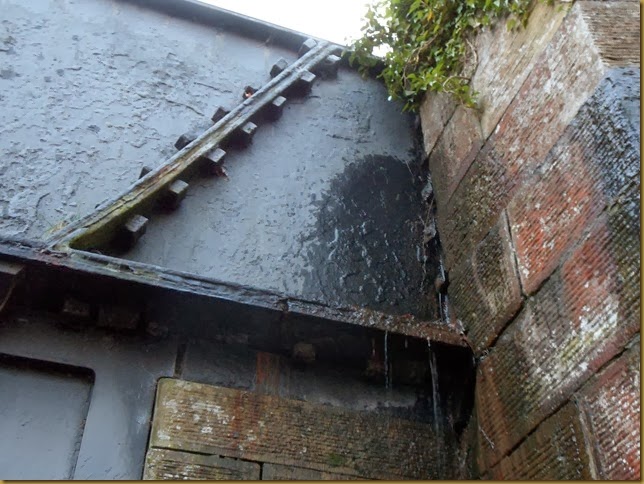
Towpath side. The path is cantilevered out over the water, boats move easier across this one than Chirk because the displaced water can run back alongside.
Only the edge of the cast iron trough separates boats from a 126 foot drop…
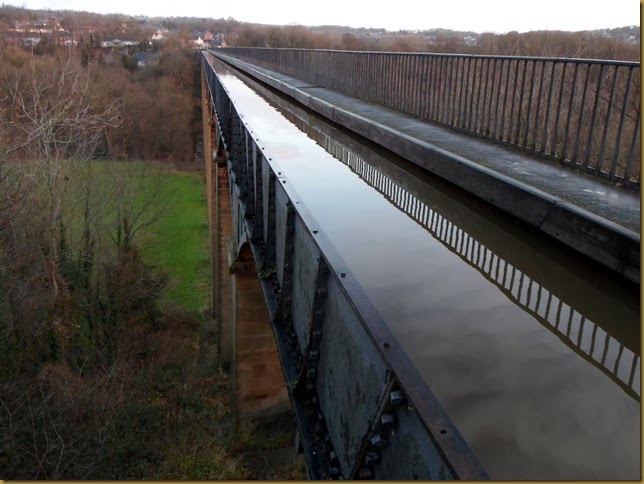
Sunrise
As we’d hoped for it was bright, chilly but fairly calm as we set off to cross the valley.
Onto the aqueduct
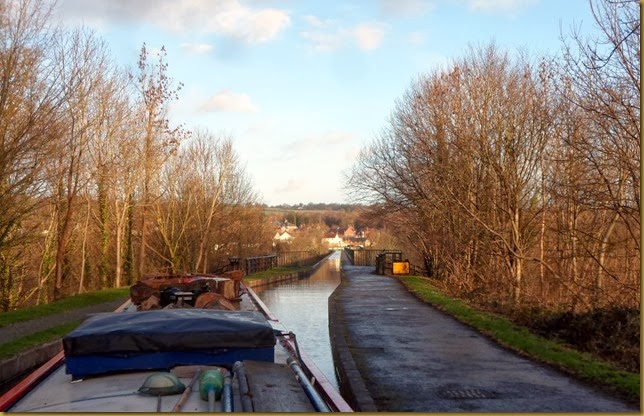
The low sun projects the arch's shadows across the valley slopes.
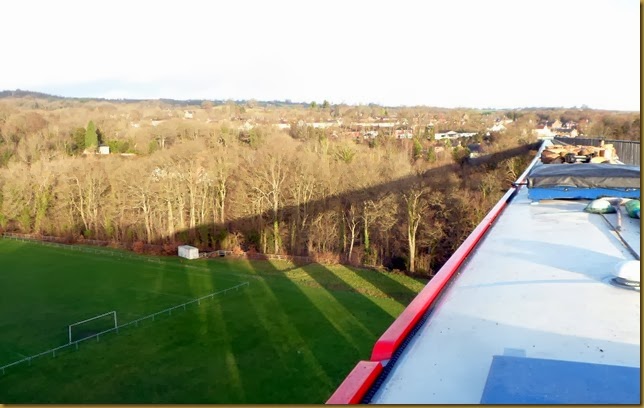
The slight hump above the white building is our shadow.
Fantastic views upstream…
…and downstream.
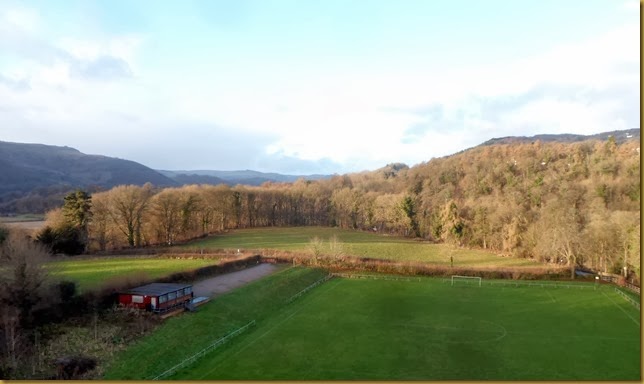
The highest point, 126 feet above the River Dee.
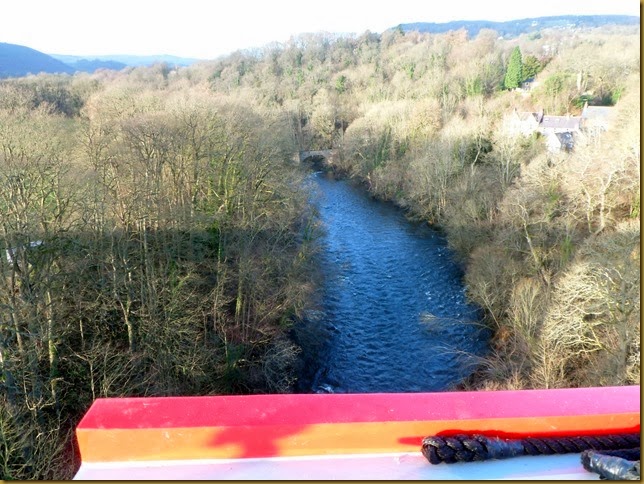
All over as we arrive at the far end.
Even though we’ve crossed several times now I still find it exhilarating and a little un-nerving to motor across the valley in a cast iron trough that’s over 200 years old. It was completed in November 1805, 5 weeks after the death of Admiral Lord Nelson at Trafalgar.(There’s a link to JP’s trip down to Oxford on his boat Temeraire. I wonder how he’s doing…)
Dead ahead is Trevor Basin, with moorings at the end beyond the Anglo-Welsh hire base. This should have been the main route from Chester as originally envisaged.
The route onwards to Llangollen is a hard left turn under the bridge on the left. This section wasn’t finished until 1808, it’s main function to bring water for the canal down from the Dee above Llangollen.
Looking back along the trough
Some stats, if you’re interested…the span is 1007 feet long, 11 feet wide and 5¼ feet deep. The trough consists of cast iron plates bolted together, sitting on 19 masonry pillars. Each individual span is 57 feet wide, and the whole lot took 10 years to design and build at a cost of £47,000. That’s around £3¼million in today's money, but the actual cost would be considerably higher when comparatively higher wages, planning permissions, purchase of land, taxes and Health and Safety requirements are factored in.
The design was attributed to Thomas Telford, but recently there’s been some doubt as to how much input he actually had. William Jessop, a skilled and experienced canal engineer and Consulting Engineer for the Ellesmere Canal, is believed to have had more to do with the structure than previously thought.
On the “feeder”, hills starting to rise ahead.
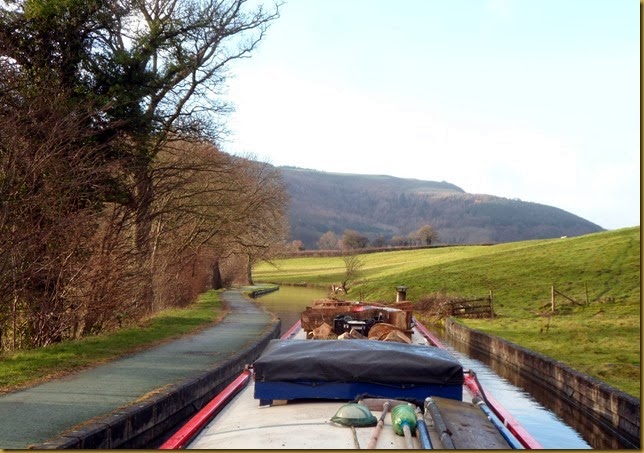
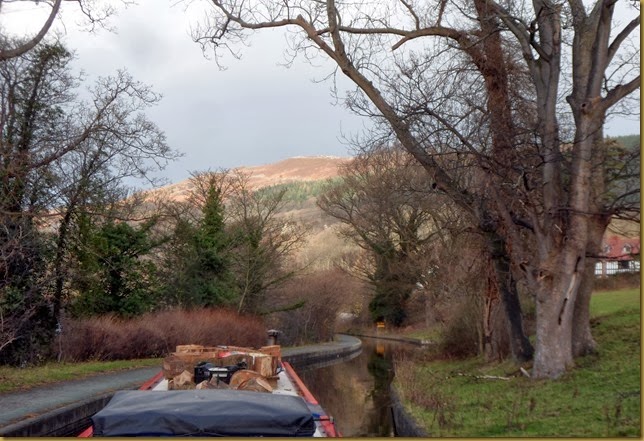
Approaching Sun Trevor, Castell Dinas Bran on the hilltop dead ahead
George and Carol, Anne, me and the dogs had a trek up there in February 2012. I’ll maybe repeat the climb while we’re here this time, if we have a good day.
We pulled in on the moorings here, ostensibly to let Meg have a pee and to check whether there’s a TV signal for future reference, but then it started to rain and has done on and off all afternoon, so we’ve stayed put. We’ll do the last 2 miles into Llangollen in the morning.
Locks 0, miles 2½
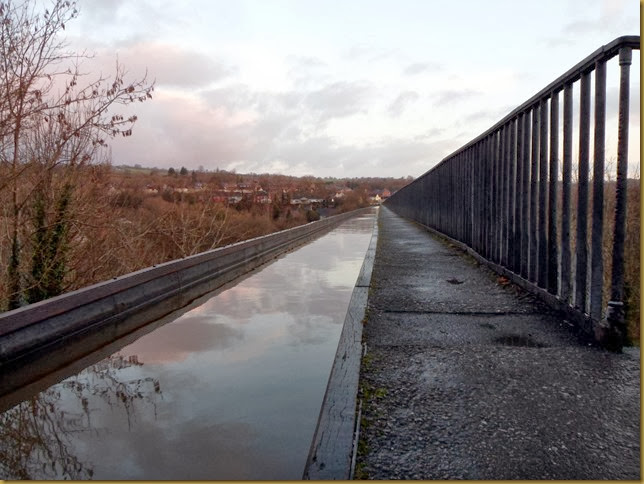
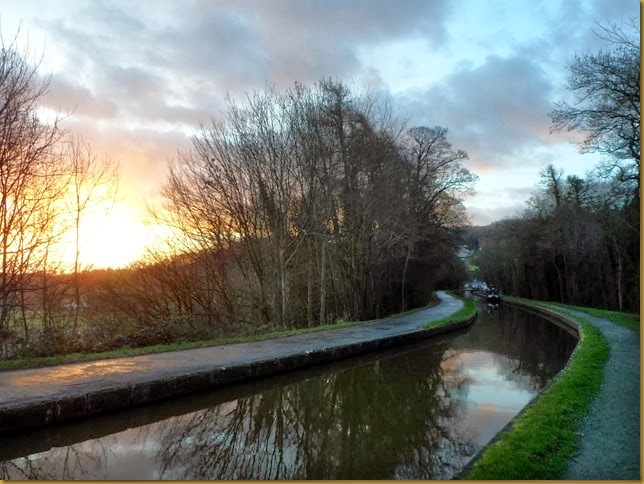
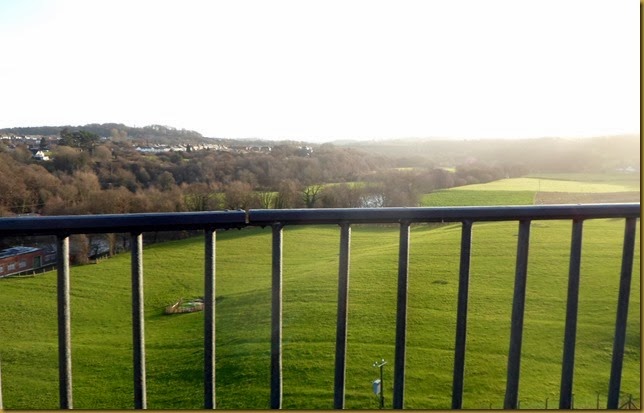
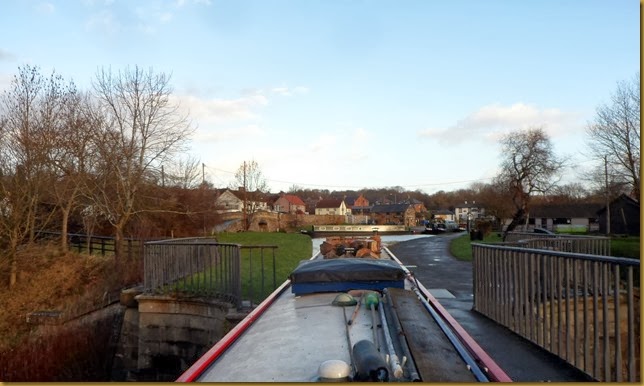
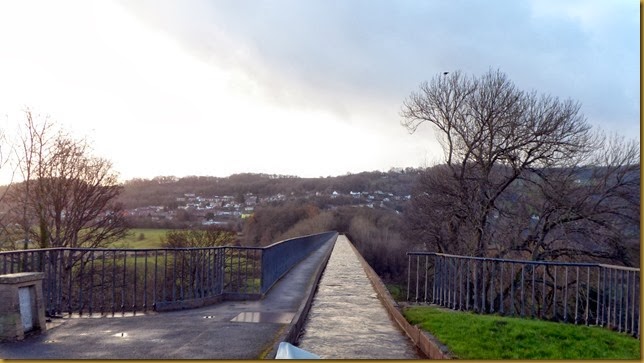
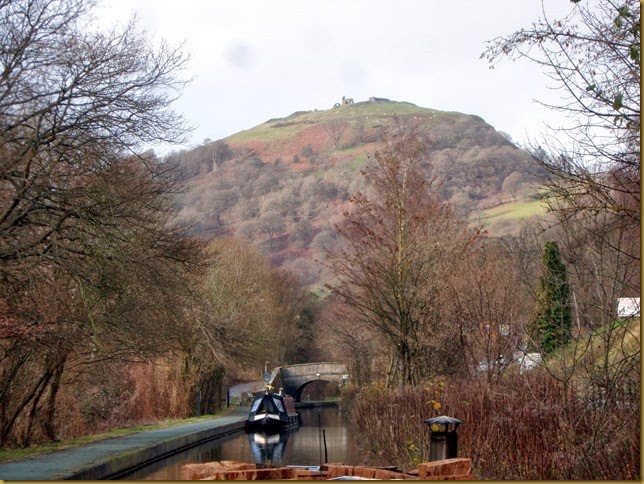
No comments:
Post a Comment